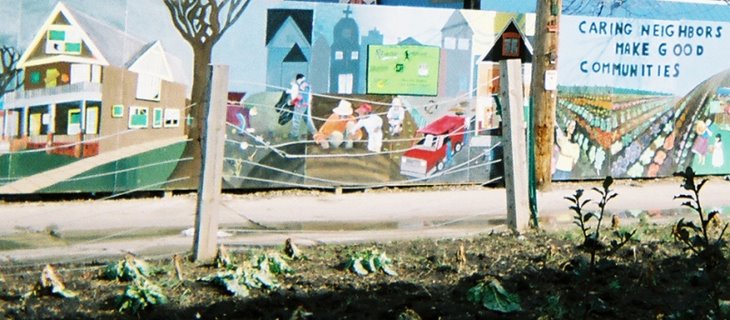Here is a quick summary of some of the economic assistance programs available to residents and businesses in the Walnut Way Community:
-The Wisconsin Housing and Economic Development Administration (WHEDA) has designated the entire area of the Walnut Way community as part of its Lindsay Heights initiative, which connects home buyers with new modular homes that fit with the neighborhood that are built by specially registered contractors at affordable prices. Special grants of up to $10,000 are available to make the homes more affordable to low and moderate income buyers. For buyers with a good credit history, as little as 3% is required for a down payment for homes costing under $140,000. There are also loans available under this program for existing area residents, to rehabilitate their older home with a forgivable loan of up to $10,000.
-The Housing Authority of the City of Milwaukee will provide rent assistance, or provide grants or subsidies toward the purchase of a newly rehabilitated home, for residents with as little as $15,000 of income per year.
-The Neighborhood Improvement Development Corporation has loans available to existing homeowners and investment property owners in the area, as well as loans for the purchase of a new home in the area. Loans are also available to area homeowners to purchase an additional home for investment property within 3 blocks of their existing home for only 10% down.
-Businesses along North Avenue and Fond du Lac Avenue are eligible to receive financial assistance for public improvement and beatification programs from the North Avenue Market Place Business Improvement District #32.
-The entire Walnut Way area falls under Tax Increment District #44, which has a loan pool of $1,605,000 to provide forgivable loans of up to $10,000 for renovation of existing houses in the area as well as new home construction. An additional $2.2 million was made available in 2004 for street, utility, site, and green space improvements in the area between 12th Street and 14th Street and W. Brown Street and W. Lloyd Street.




